Pedal Power: A StepbyStep Guide on How to Easily Add an LED Light to Your Bike Pedal
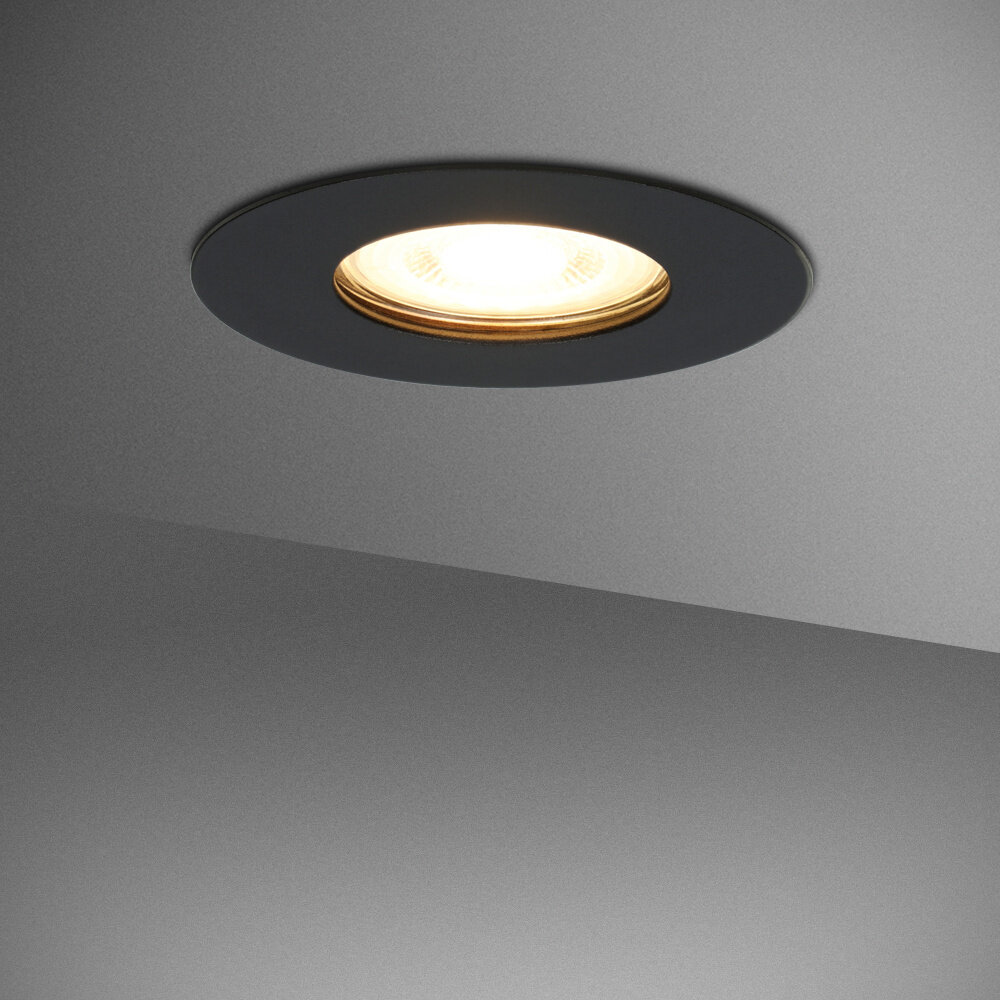
Pedal power is a fantastic way to get around, whether you’re commuting to work or enjoying a leisurely ride through the countryside. However, as the days get shorter and the nights get longer, it’s more important than ever to make sure that you’re visible to other road users. That’s where adding an LED light to your bike pedal comes in. Not only does it help you to be seen in low light conditions, but it also adds a touch of style to your ride. But how do you add an LED light to your bike pedal? It can seem like a daunting task, especially if you’re not particularly handy. However, with the right tools and a step-by-step guide, it’s a lot easier than you might think. In this article, we’ll take you through the process of adding an LED light to your bike pedal, from choosing the right components to putting everything together. So, whether you’re a seasoned cyclist or just starting out, read on to find out how you can make your ride safer and more stylish with a simple DIY project.
Ensuring bike safety is of utmost importance since it can prevent accidents and injuries. Being visible to motorists and other cyclists is crucial, especially when riding in low-light conditions. Installing LED lights on bike pedals is an effective way to increase visibility and improve safety while riding. LED lights emit bright, energy-efficient light that can be seen from a distance. They are also easy to install and require minimal maintenance. Taking the necessary precautions, such as wearing helmets and reflective clothing, obeying traffic laws, and staying alert, can make a significant difference in keeping cyclists safe on the road. By prioritizing bike safety, we can enjoy the many benefits of cycling while minimizing the risks.
Materials Needed
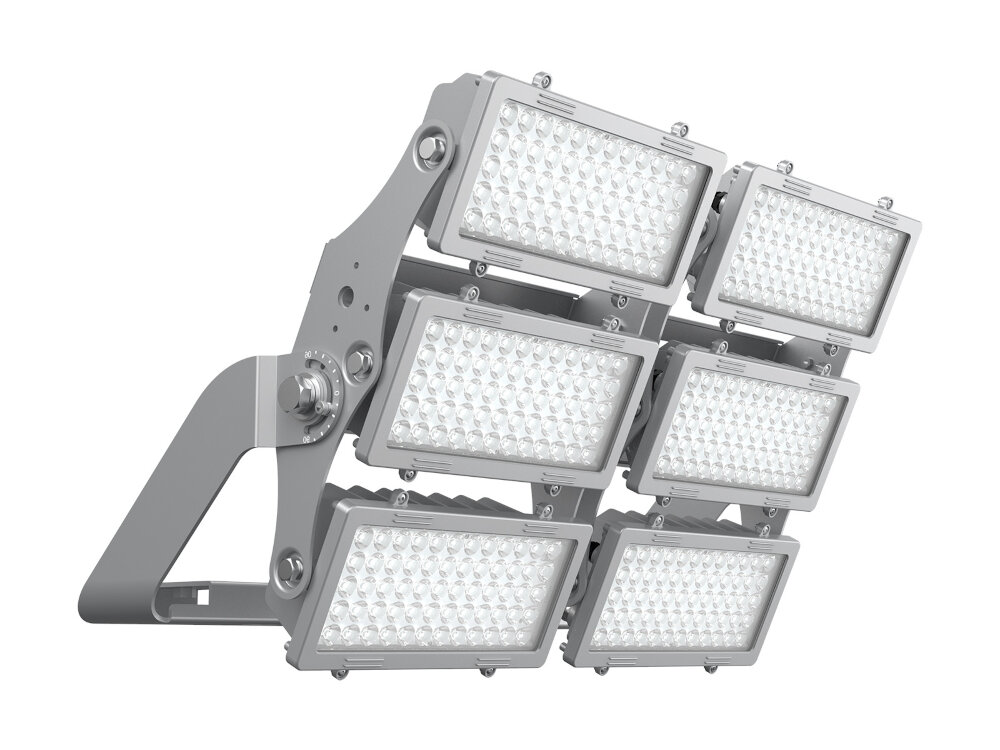
When it comes to adding an LED light to your bike pedal, you’ll need a few basic materials to get started. The first thing you’ll need is an LED light with a battery pack. These can be found at most hardware stores or online retailers. Make sure to choose a light that is bright enough to be visible to motorists and other cyclists. You’ll also need a few tools, including a drill, a screwdriver, and some wire cutters. If you don’t have these on hand, you can usually rent or borrow them from a local hardware store. In addition to the LED light and tools, you’ll also need some basic hardware to attach the light to your pedal. This includes screws, nuts, and washers. Make sure to choose hardware that is the right size and strength for your particular pedal. You may also want to consider adding some reflective tape or stickers to your pedal to increase visibility. With these materials in hand, you’ll be well on your way to creating a safer and more visible ride.
To add an LED light to your bike pedal, you will need a few necessary tools and supplies. First, you will need a soldering iron and solder wire to connect the wires of the LED light to the battery holder. You will also need a wire stripper to remove the insulation from the wires, and pliers to twist them together. Additionally, you will require a drill and a drill bit to make a hole in the pedal to insert the LED light. You will need a file to smoothen the edges of the hole, and sandpaper to rough up the surface of the pedal for better adherence. Finally, you will need a battery holder, batteries, and an LED light. Once you have all the tools and supplies, you can follow the step-by-step guide to add an LED light to your bike pedal and enjoy a safer ride at night.
This article titled \Pedal Power: A Step-by-Step Guide on How to Easily Add an LED Light to Your Bike Pedal\ provides a comprehensive guide on how to add an LED light to your bike pedal. LED lights are an important safety feature for cyclists, especially during low light conditions, as they increase visibility to other road users. The article explains the necessary tools and materials required, such as LED lights, wires, a battery pack, and a soldering iron. The step-by-step guide takes the reader through the process of installing the LED lights onto their bike pedal, including how to wire the lights and attach the battery pack. By following this guide, cyclists can increase their safety while riding at night and add a unique touch to their bike.
StepbyStep Instructions
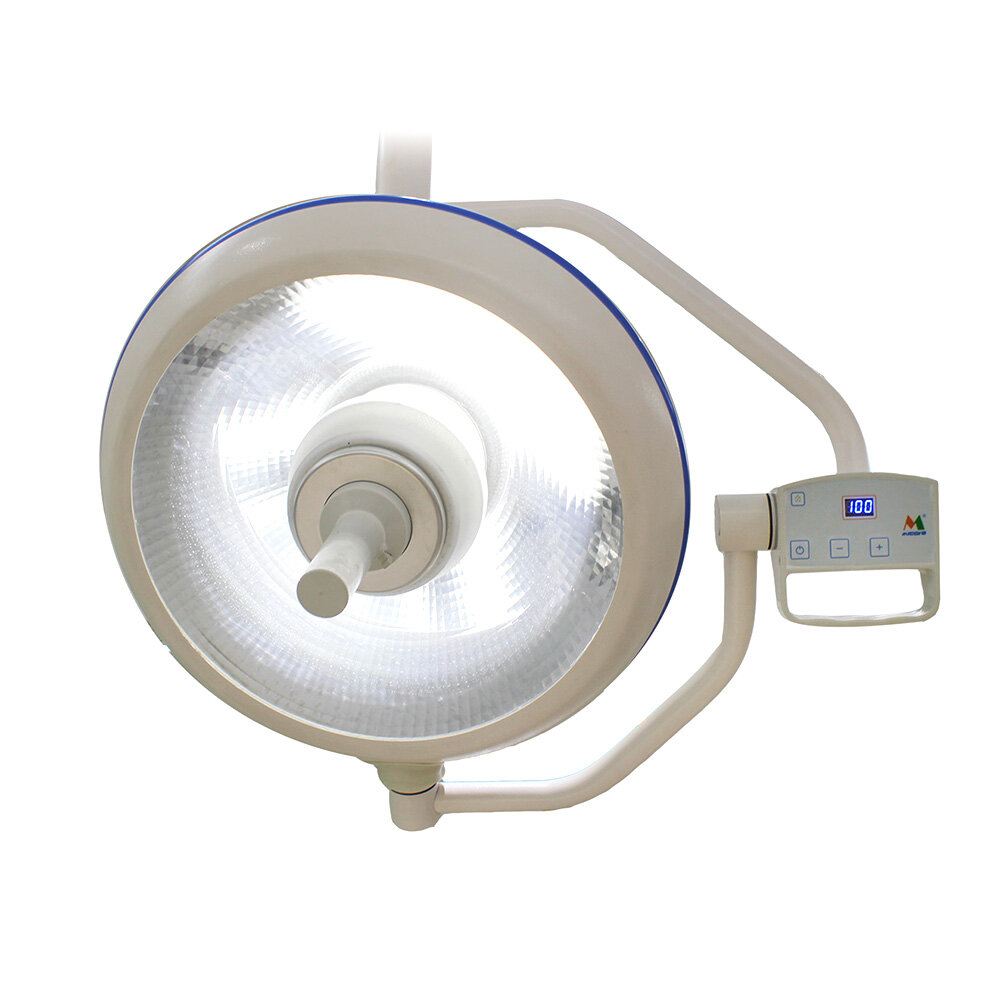
In the article titled \Pedal Power: A Step-by-Step Guide on How to Easily Add an LED Light to Your Bike Pedal\, step-by-step instructions are the backbone of the guide. These instructions are designed to help individuals who may not be familiar with the process of adding an LED light to their bike pedal. The instructions take the reader through the process in a logical and easy-to-understand manner, ensuring that they can complete the task with ease. From gathering the necessary tools and materials to installing the LED light, the step-by-step instructions leave nothing to chance. The step-by-step instructions in the article are also incredibly helpful for those who are visual learners. The guide includes detailed images and diagrams that help individuals understand the process more clearly. Each step is broken down into small, manageable tasks, making it easy to keep track of what needs to be done. The guide also includes helpful tips and tricks, ensuring that individuals can avoid common mistakes and complete the task efficiently. Overall, the step-by-step instructions in the article are an essential component of the guide, making it accessible to individuals of all skill levels.
Adding an LED light to your bike pedal is a great way to increase visibility and safety during night rides. First, gather the necessary materials including an LED light, a battery holder with wires, and a drill. Next, remove the pedal from the bike and drill a small hole in the center of the pedal. Insert the LED light through the hole and connect it to the battery holder wires. Secure the battery holder to the pedal using zip ties or adhesive. Finally, reattach the pedal to the bike and test the LED light to ensure it is working properly. With these simple steps, you can easily add a bright and eye-catching LED light to your bike pedal.
Clear and concise language paired with accompanying images is crucial when it comes to creating a step-by-step guide. In the case of Pedal Power, a guide on how to add an LED light to your bike pedal, this is especially important. The use of easy-to-understand language and clear images ensures that readers can follow along easily and complete the task at hand without confusion. By breaking down the process into clear steps and including images that highlight important details, readers can feel confident and empowered as they add this helpful feature to their bike. So, whether you’re an experienced cyclist or just starting out, this guide is designed to make the task of adding an LED light to your bike pedal as easy and accessible as possible.
Tips and Tricks
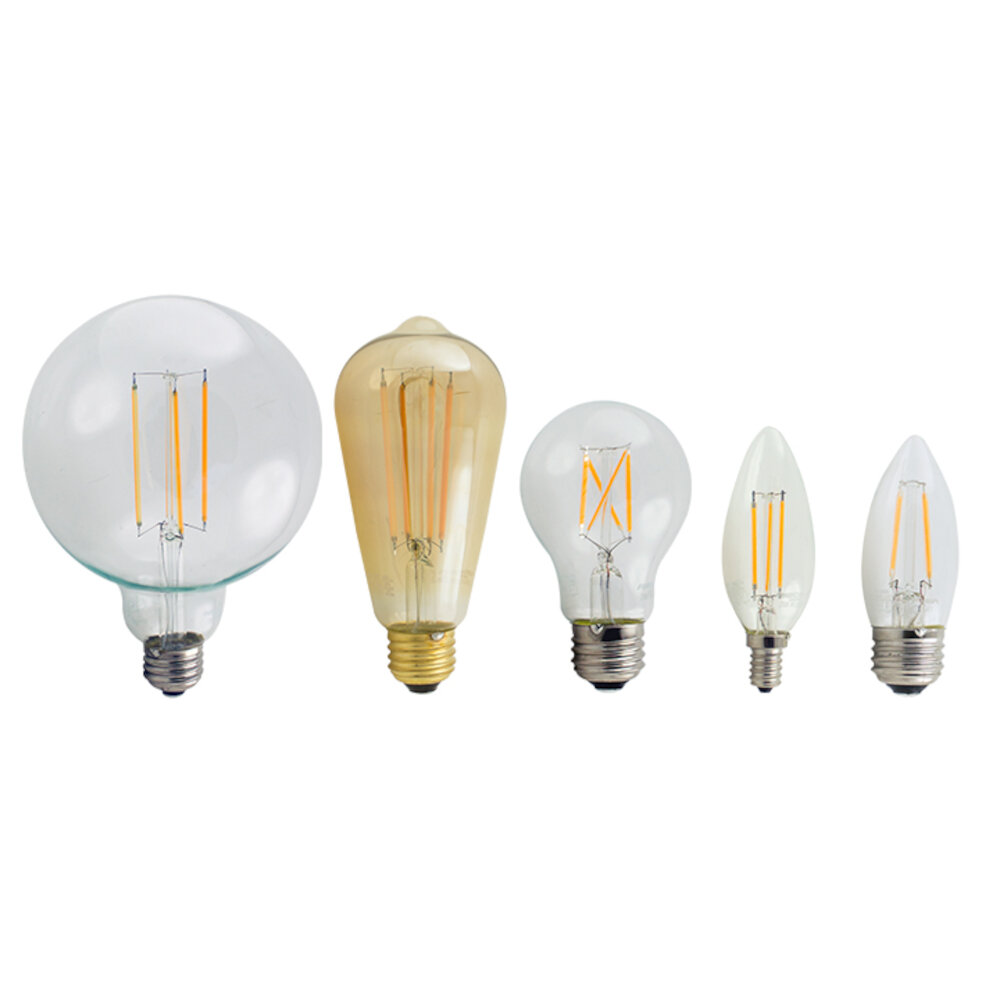
Adding an LED light to your bike pedal can significantly enhance your visibility and safety on the road, especially when riding at night. However, the process of installing an LED light can seem intimidating, especially if you are not familiar with the technicalities of bike mechanics. Fortunately, there are some tips and tricks that can simplify the process and make it accessible to anyone. Firstly, it is essential to choose the right type of LED light and ensure that it is compatible with your bike pedals. You can opt for a clip-on light or a screw-on light, depending on your preferences and the type of bike pedals you have. Additionally, consider the brightness and color of the LED light, as these factors can affect your visibility and the battery life of the light. Another crucial tip when installing an LED light on your bike pedal is to prepare the surface of the pedal adequately. This involves cleaning the pedal surface and ensuring that there is no dirt or debris that could interfere with the adhesive or screw-on mechanism of the LED light. You can use a gentle cleaning solution and a soft cloth to clean the surface and let it dry completely before attaching the LED light. Additionally, it is crucial to position the light correctly on the pedal and test it before riding to ensure that it is secure and functioning correctly. By following these tips and tricks, you can add an LED light to your bike pedal easily and safely, enhancing your visibility and ensuring a safer ride.
When adding an LED light to your bike pedal, it’s common to face some issues during the installation process. Some of the most common issues include poor battery life, faulty wiring, and inadequate illumination. To troubleshoot poor battery life, you can try replacing the batteries or using rechargeable ones. For faulty wiring, you can check your connections and redo them if necessary. If you’re experiencing inadequate illumination, try adjusting the placement of the LED light or replacing it with a brighter one. By following these suggestions, you can easily troubleshoot any issues you may face when adding an LED light to your bike pedal.
In addition to the ideas already discussed in this article, there are several other creative ways to customize your LED light. You could experiment with different colors or color combinations to make your bike stand out even more. Another option is to attach multiple LED lights to different parts of your bike for a more dramatic effect. You could also try using a remote control to adjust the brightness or flashing pattern of your LED light on the fly. Finally, you could consider adding additional accessories, like reflective tape or stickers, to further enhance the visibility and safety of your bike. With a little imagination and some experimentation, the possibilities for customizing your LED light are truly endless.
Adding an LED light to your bike pedals can offer numerous benefits. Firstly, it makes you more visible to other road users, especially during low-light conditions. The bright LED light illuminates your bike pedals, alerting drivers, pedestrians, and other bikers of your presence. Secondly, it enhances your safety and reduces the risk of accidents, particularly in poorly lit areas. Additionally, it adds a stylish touch to your bike, making it stand out from the rest. Moreover, the LED light is energy-efficient and long-lasting, making it a cost-effective addition to your bike. Lastly, it’s easy to install and customize to suit your style and preference. Overall, adding an LED light to your bike pedals is a simple and affordable way to enhance your visibility, safety, and style while cycling.
If you’re looking for a fun and easy DIY project to upgrade your bike, adding an LED light to your pedal is a great place to start. Not only will it make you more visible to drivers at night, but it also adds a cool and unique touch to your ride. Don’t be intimidated by the thought of working with electronics – this step-by-step guide breaks down the process into simple and easy-to-follow instructions. By the end, you’ll have a functional and stylish new addition to your bike that will have everyone asking, \Where did you get that?!\ So go ahead, give it a try – you’ll be surprised at how easy and rewarding it is to add a little pedal power to your ride.
Conclusion
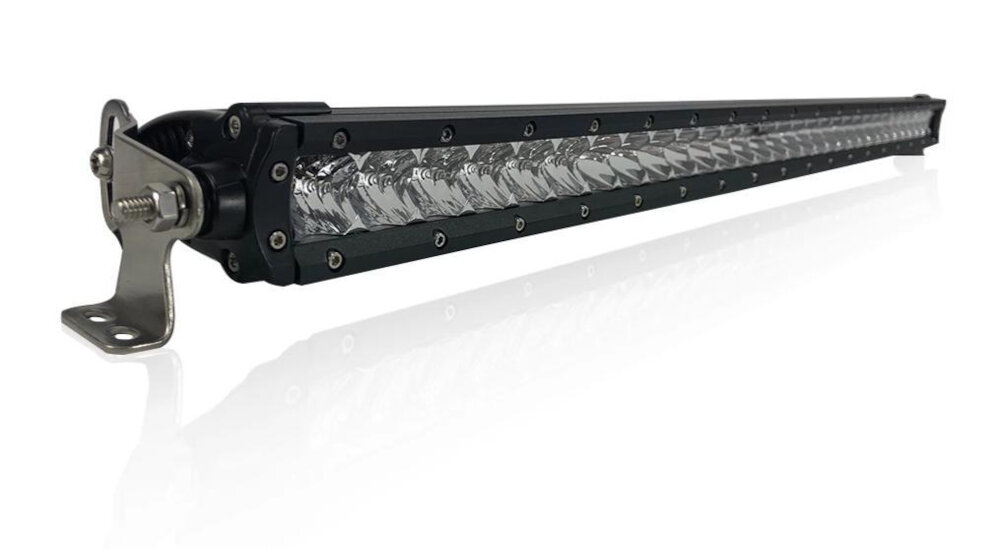
In conclusion, adding an LED light to your bike pedal is a simple and effective way to enhance your visibility and safety while cycling. This step-by-step guide has provided a clear and concise framework for you to follow, ensuring that you can easily and confidently install your own LED light. By taking the time to complete this quick and straightforward project, you can significantly improve your cycling experience and reduce your risk of accidents. So, whether you’re an avid cyclist or a casual bike rider, adding an LED light to your bike pedal is a smart and practical choice that you won’t regret.




